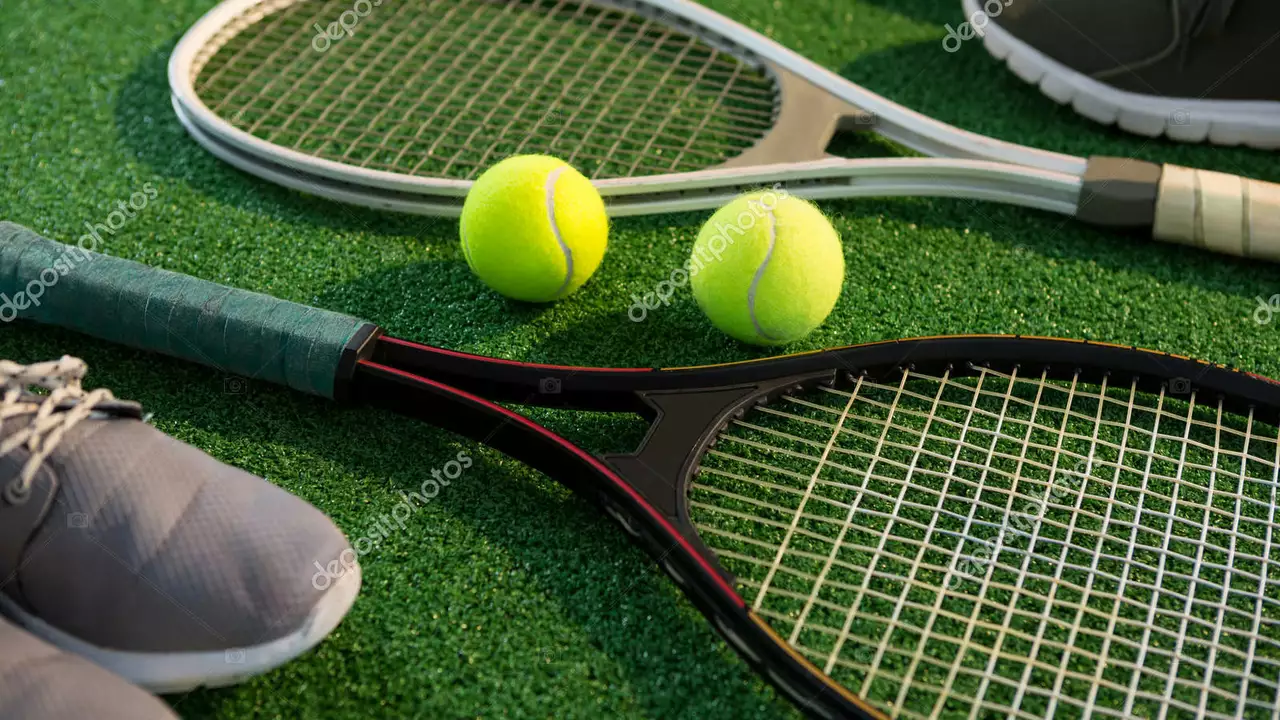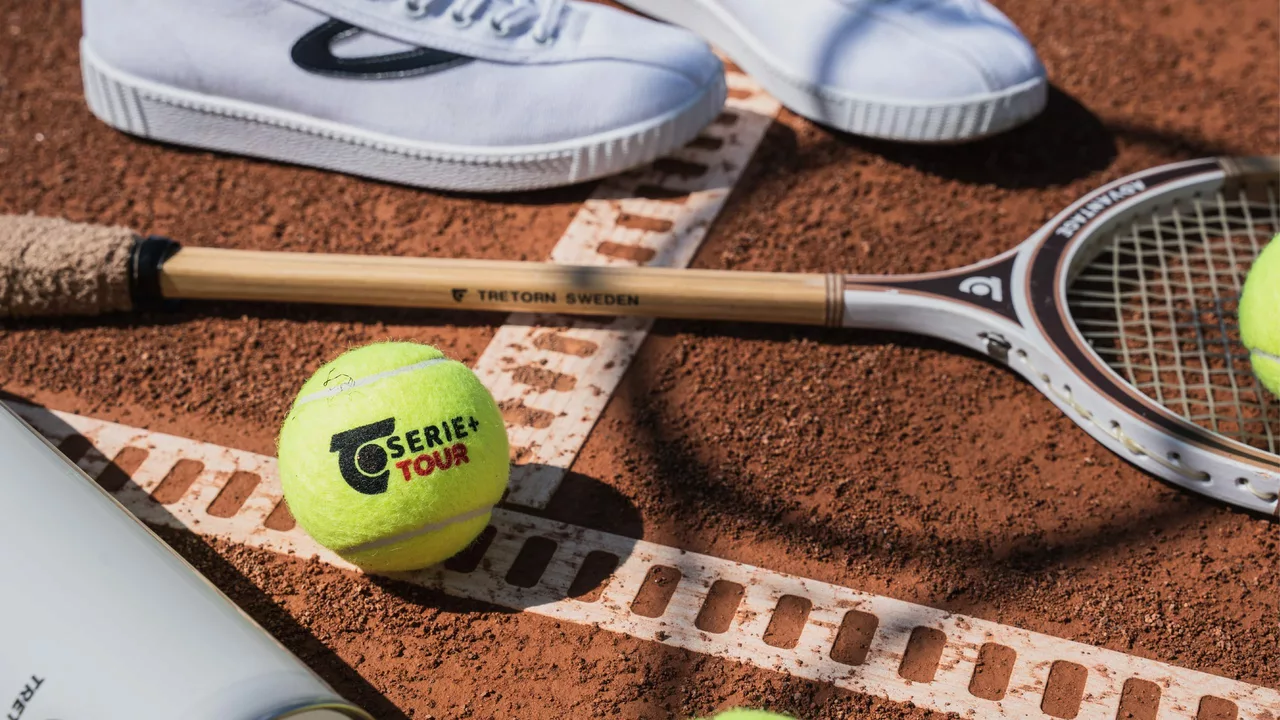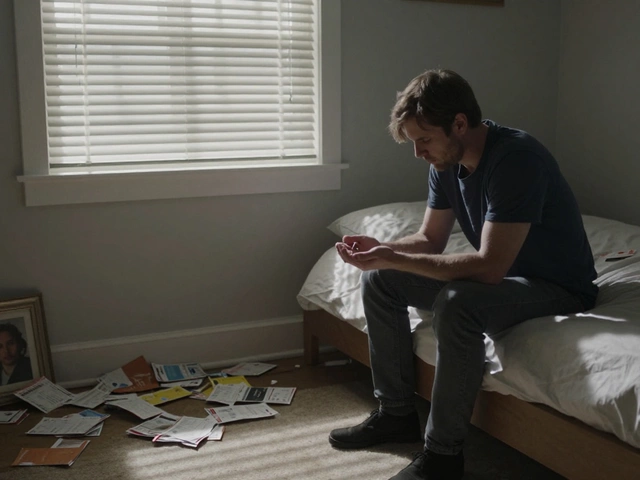Sports Equipment – Essential Gear for Every Tennis Player
When talking about sports equipment, the collection of tools, apparel, and accessories that let anyone swing a racket, serve a ball, and stay safe on the court. Also known as tennis gear, it shapes how a player trains, competes, and recovers. Sports equipment is more than random parts; it’s a system that connects performance, comfort, and durability.
Why the Right Gear Matters
Take the tennis racket, the primary instrument that converts player intent into ball speed and spin. Since the Wilson T2000 introduced a steel frame in 1967, rackets have evolved into lightweight composites with larger sweet spots, giving players more power and control. Pair that with a high‑quality tennis ball, a pressurized, felt‑covered sphere designed to bounce consistently on various court surfaces. The ball’s pressure, felt texture, and diameter dictate how fast rallies flow and how much spin a player can generate. Even shoes matter; a shoe with proper grip and cushioning reduces slipping and joint stress, allowing longer, more aggressive footwork.
But gear isn’t just about boosting strokes. The same equipment influences injury risk. Repetitive wrist motion with the wrong racket weight can trigger tennis elbow, the painful inflammation of the forearm’s extensor tendons caused by overuse. When players ignore early signs, the condition can sideline them for weeks. That's where physiotherapy, a targeted set of exercises, manual techniques, and education aimed at restoring function and preventing re‑injury steps in. A physiotherapist will prescribe strengthening drills for the forearm, stretching for the elbow capsule, and even advise on racket grip size to lower strain. By linking equipment choice to injury prevention, athletes keep their game steady and their bodies healthier.
Beyond performance and health, the right equipment supports skill development. Beginner coaches often start students with a lightweight racket and softer balls. Softer balls travel slower, giving novices more reaction time and helping them master swing paths before moving to pressurized tour balls. As skill rises, coaches recommend stiffer frames and higher‑tension strings to reward precise timing. This progression mirrors the natural learning curve: gear adapts as the player improves, creating a feedback loop between equipment and technique.
All these connections—racket technology, ball standards, footwear design, injury‑focused physiotherapy—form a network that defines modern tennis. Whether you’re a club member in Dundee, a parent buying the first racket for a child, or a seasoned competitor tweaking string tension, understanding how each piece fits into the bigger picture helps you make smarter choices. Below you’ll find articles that dive into the history of the first modern racket, practical tips for treating tennis elbow, stats on how many shots a pro hits in a match, and insights on coaching needs for top players. This collection gives you both the technical details and real‑world advice you need to get the most out of your tennis equipment.



